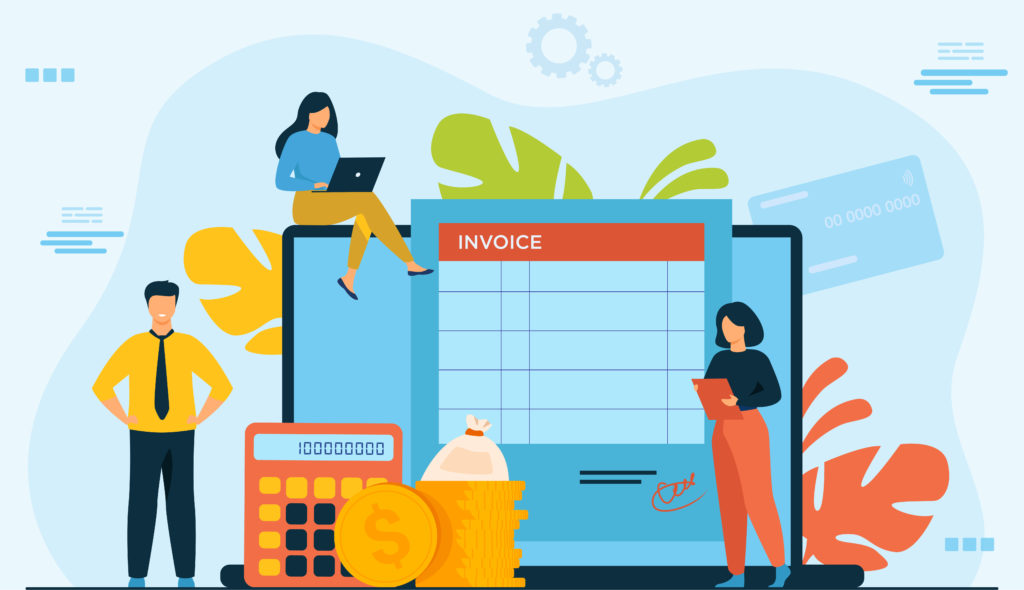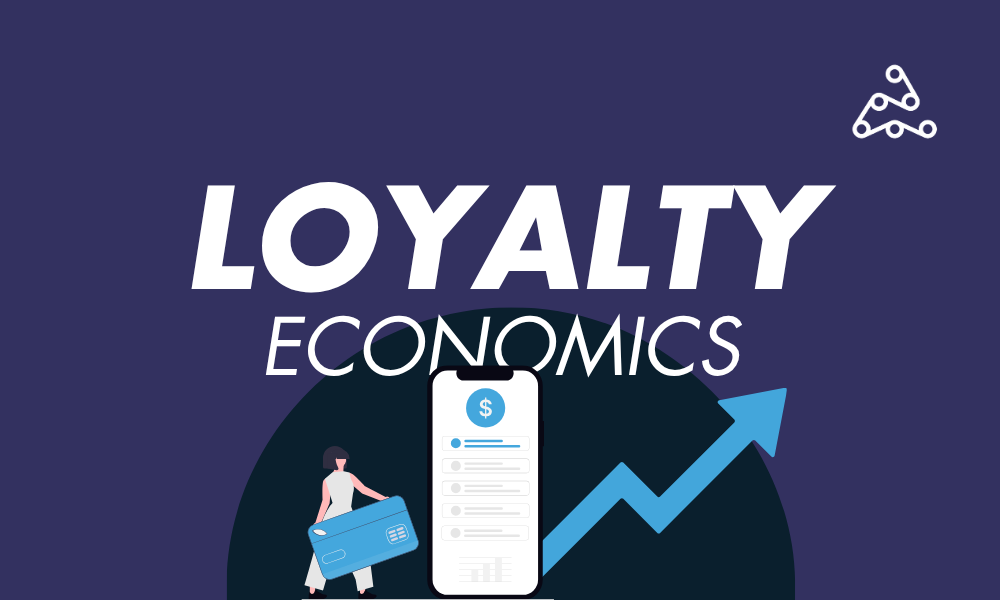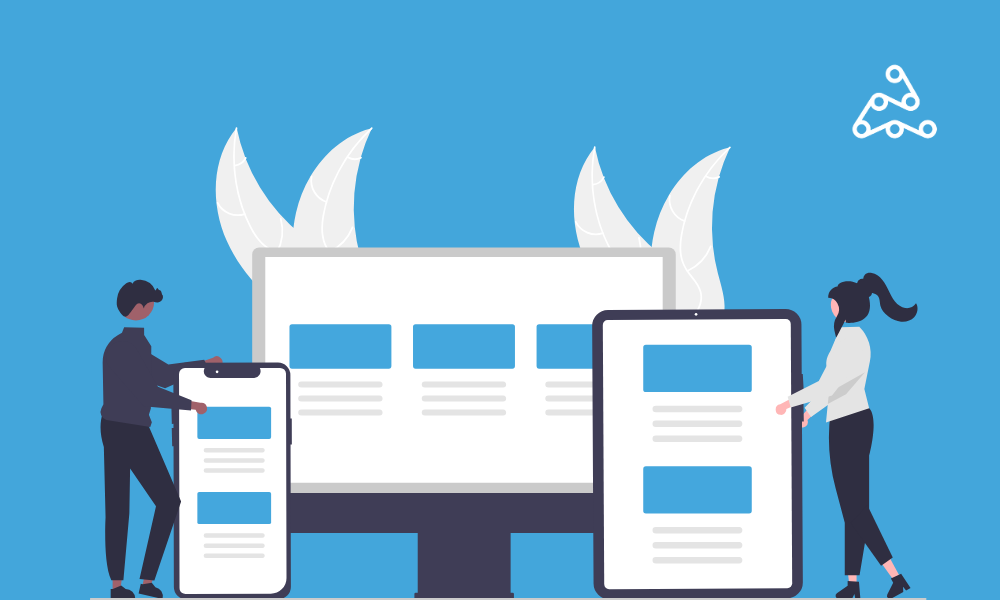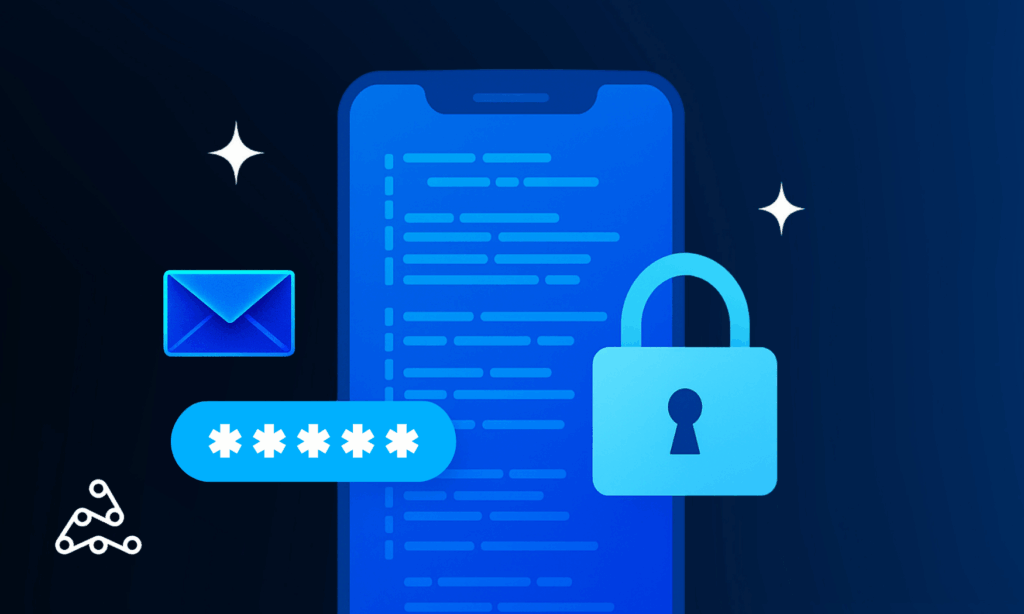With a new year comes new opportunities to grow your mobile finance app. No matter the success or challenges you’ve experienced, there are new user acquisition (UA) strategies that can make 2022 a year to remember. So, what are your plans for the year?
To provide you with some tactical ideas that you can launch, we’ve curated this list of 2022 UA strategies for mobile finance apps.
FinTech Mobile App Adoption Is Mainstream, and Users Are Open to Options
The use of mobile apps for banking, investing, and payments is no longer unconventional. According to an EY survey, in 2020, 75% of consumers used a fintech app. The global adoption in that year was 64%, with China and India having the largest user base.
The survey also sheds light on the motivators of adoption, including:
- 27% of users are most concerned about fees and rates.
- 60% of users prefer consolidated platforms that offer a variety of financial products.
- 33% of users would consider a new financial organization, which is up from 2019, likely due to the pandemic.
- 68% of users are willing to look at apps from non-financial companies, meaning that incumbents don’t always have an advantage.
These insights can be a great guide as you nail down UA strategies for 2022. From this survey, you know that price matters, users favor turnkey apps, and they’re open to new apps for their financial needs. So how can you turn these trends into strategies?
The UA Strategies You Should Consider in 2022
Acquiring new users in 2022 for your mobile finance app brings both challenges and opportunities. On the one hand, the market is hungry for these apps. On the other hand, it’s becoming a very competitive space. Here’s how to stand out.
ASO Should Be Targeted
ASO (app store optimization) has always been critical to UA. Updating your app’s store pages will be instrumental in 2022. However, you need to roll out targeted profiles. That’s possible in the iOS App Store, thanks to the iOS 15 update. You can create up to 35 CPPs (custom product pages). You’ll be able to send users to a unique profile depending on the campaign and whom you’re targeting.
For example, you may be looking to target a specific demographic with your budgeting or investing app. Maybe you want to target young women or working moms. Using keywords in your ads and then taking them to a customized CPP helps you gain quality users and achieve a positive ROAS (return on ad spend).
Currently, Google Play doesn’t have this functionality. However, that doesn’t mean your app page doesn’t need a refresh. Consider updating keywords, descriptions, images, and video to best convey the value of your app and why they need to download, use it, and upgrade to the paid version.
Keep in mind that those users “open” to new options in how you word your app profiles. Having lots of reviews, easy-to-understand content, and language that imbues trust can help.

Massive Scale and Flexibility on Reward Networks Is Critical
Financial mobile apps are a category that almost any user can find valuable, so reaching unique users at scale is critical. Not all reward networks can offer this type of coverage. They may have limitations, especially with iOS rewarded ads. Our reward network includes iOS and can deliver up to 40,000 installs a day.
Another key aspect of a highly scalable reward network is the opportunity for featured placements as standalones on offerwalls. With the flexibility to run various campaign types and proprietary placements, our reward network delivers what others simply cannot.
Bursting Drives Paid and Organic Installs
Another option for acquiring new users is burst campaigns. It’s a strategy that includes aggressive media spending for a short period to attract the largest audience possible. Financial mobile apps can benefit from these as part of their UA strategy.
The common goals of burst campaigns include improving organic rankings, boosting installs, overcoming competitors, and maximizing visibility for new app launches. Burst campaigns are a smart move if you have the budget and want to get in front of the right users.
There are differences in bursting for iOS vs. Android. The impact on iOS is much faster because they base it on volume velocity. Android offers delayed results because they measure based on mid-long-term app engagement. Keep that in mind!
Testing Early, Medium, and Deep CPE Campaigns Leads to Sustainable Growth
CPE (cost per engagement) campaigns are the most popular and successful app marketing initiatives. That’s because they focus on engagement, and you don’t incur costs until that occurs. It can weed out the most unengaged users while helping to foster relationships with those that could become lifelong users.
The great thing about CPE campaigns is that there are multiple types to test that can all improve your UA numbers.
Early Funnel CPEs
You can drive a substantial volume of users with a simple post-install engagement. You can do this in several ways. One is to create CPE campaigns that use post-install language. An early funnel CPE can include language like, “Install the app and start investing” or “Download the app and create your first budget.” The language is key to guiding the user to take the next step.
Mid-Funnel CPEs
Mid-funnel CPEs usually occur within the first 24 hours of install. It’s a building block for retention. To illustrate this, we’ll use an actual client—a personal finance app that offers banking and investing in one platform.
Their main objective was to remain ROAS positive on UA campaigns. The event that they were optimizing for was registration to link their bank account. While the event doesn’t take long to do, it’s not a simple signup either. An engaged user ready to use the app regularly is who will complete the event, and those are the users every app wants!
The results of their mid-funnel CPEs included ROAS positive traffic with competitive rates.
Deep Funnel CPEs
For the last level of CPEs, the focus is on quality over volume. The event they need to accomplish will be post 24 hours from install. For financial mobile apps, these are likely to be purchases of subscriptions or the app’s premium version.
The use of data on previous conversions is vital to successful deep funnel CPEs. By identifying key actions that lead to conversion, you can better align your campaigns to deliver results.
For example, if you offer a free trial and see a user spending substantial time in the app setting up an account, going through a tutorial, etc., it’s a signal of high engagement. Those users should receive the most valuable rewarded ads to prompt them to become paying users.
Ready to Jumpstart UA for Your Mobile Finance App? AdAction Can Help
Mobile finance apps are cashing in on new consumer behaviors. Stay relevant and visible to those users by leveraging these UA strategies. Working with AdAction, you can meet your 2022 goals and remain ROAS positive. Find out how by connecting with our experts today.



